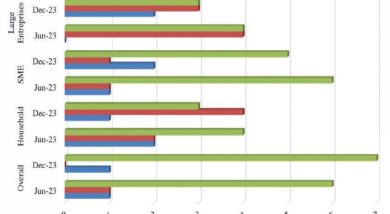Getting the groundnut grade right

The export of legumes in 2012 fetched a record K15.3 billion and groundnuts alone, raked in K7.79 billion. But the sector is facing a lot of challenges leading to low crop productivity with compromised quality.
In their presentation at a consultative meeting on groundnut platform organised by the Civil Society Agriculture Network (Cisanet) dubbed the Status of Groundnut Research in Malawi: Challenges and Opportunities, the department of agricultural research and services (Dars) explained the challenges.
The existence of the challenges are also having an impact on existing government will and commitment on legume production, processing and marketing and the collective marketing through the existing farmer clubs and associations.
The challenges include lack of seed of improved varieties, diseases and pests, frequent mid and end of season dry spells, poor crop management practices, poor access to inputs, unavailability and unaffordable high quality seeds and fertilisers, leading to use of recycled seed by at least 75 percent of farmers in Malawi.
Aflatoxin which has a health risk in humans was also mentioned as another threat to the production of groundnuts in the country.
The extent of aflatoxin contamination in Malawi is caused by the subsistence production in which 85 percent of the population produce their own seeds due to high poverty levels whereby 65 percent of population are poor and 36 percent ultra-poor, living on less than one dollar a day, making practically impossible for people to discard contaminated nuts or food, according to Dars..
The production of groundnuts also faces challenges which include inadequate agricultural advisory services extension staff-farmer ratio at 1:1 000 against international recommendation of 1:400.
The department in its presentation also reported that currently skills of most of the existing extension workers are out-dated as a result of limited in-service training.
Weak link of farmers to output markets, exploitation of the market by vendors, inadequate funding for research are existing challenges compounding groundnuts production in the country.
But the challenges might be surmounted gradually soon when the groundnuts value-chain platform is formed and starts its operations.
Cisanet which recently convened a meeting on groundnut value chains platform meant to stimulate and promote innovation of the agricultural sector, hopes the platform will facilitate dialogue between the main local value chain stakeholders in the groundnut sector.
Cisanet programme manager Tiwonge Msonda Banda explained to the stakeholders at the meeting that the platform comprises stakeholders bound together by their individual interests in a shared issue aimed at improving livelihoods, enterprises and/or other interests.
“They provide insight on technology and information challenges in production, marketing and policy environment. This process is spurred through discussions on the requirements of the different value chain segments.
“The platform members then innovate to improve production to fulfill own and market demand. The platform stakeholders innovate along technological, institutional and social-organisational lines and in the process improve the way their organisations or enterprises function,” said Msonda Banda.
Why does Malawi need platforms?
A vast majority of the population in Malawi depend directly or indirectly on agriculture for their livelihoods. Msonda Banda said improvements in the groundnuts sector could make a huge difference in the lives of millions of people.
“Agriculture faces manifold challenges that relate to production, post-harvest handling, marketing, transportation, policy frameworks and the information/knowledge exchange/flow between the stakeholders.
“[We] need to boost efforts towards transforming agriculture with a view to reducing poverty, increasing food and nutrition security and reduced environmental degradation.
“This cannot happen successfully without collaboration of multi-sectoral or/and multi-institutional stakeholders. Innovation occurs either through several small continuous improvements or as radical changes,” he said.
During the consultative meeting, stakeholders developed terms of reference for groundnuts platform on production, trade and marketing, standards, policy and regulations, and training and research.




